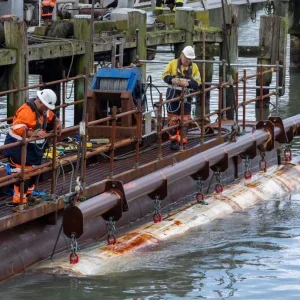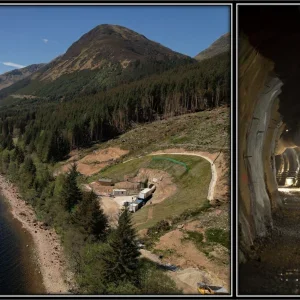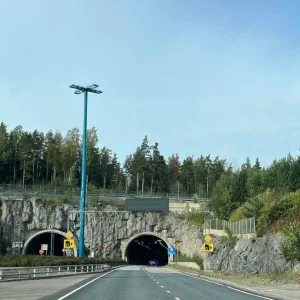Questions are being asked as to why the SMART tunnel did not protect Kuala Lumpur after extremely heavy rainfall caused major flooding in the Malaysian capital recently.
Authorities are also being asked to explain why they did not activate the tunnel earlier. It was claimed that the flooding could have been avoided if the stormwaters had been diverted through the tunnel sooner.
The main cause of the flooding was due to ‘unpredictable’ and torrential heavy rain which saw water levels rise as high as 3m in some areas.
However, experts claimed that the SMART tunnel is only able to divert river run-off from two local tributaries (Sungai Ampang and Sungai Klang). Although it had reduced some of the floodwaters and prevented the Klang from overflowing, it could not cope with the huge volumes of river runoff from Sungai Batu and Sungai Gombak tributaries.
Experts warned that drainage systems could only provide a certain degree of protection, not a cast-iron flood-free guarantee. It was also argued that flood mitigation measures were harder to apply to the city centre and other low-lying areas of the capital which saw the worst of the flooding.
SMART (Stormwater Management and Road Tunnel) is a combined road and stormwater tunnel. A 3km long, double-deck four-lane highway sits inside the 9.7km-long SMART scheme which uses the underground space for road traffic the majority of the time. But during major storms when stormwater management is required, the car-only operation switches to allow water flow in the 11.83m i.d. tube. Reopening of the highway can follow after the decks are cleared of detritus.
The scheme was first proposed by concession partners Gamuda and MMC, then designed by Mott MacDonald, with local firm Sepakat Setia Perunding handling the hydraulics and flood management.
The 9.7km-long tunnel was bored by two 13.2m-diameter Herrenknecht Mixshields driving in opposite directions from near the mid-point. Construction was completed in 2007.







